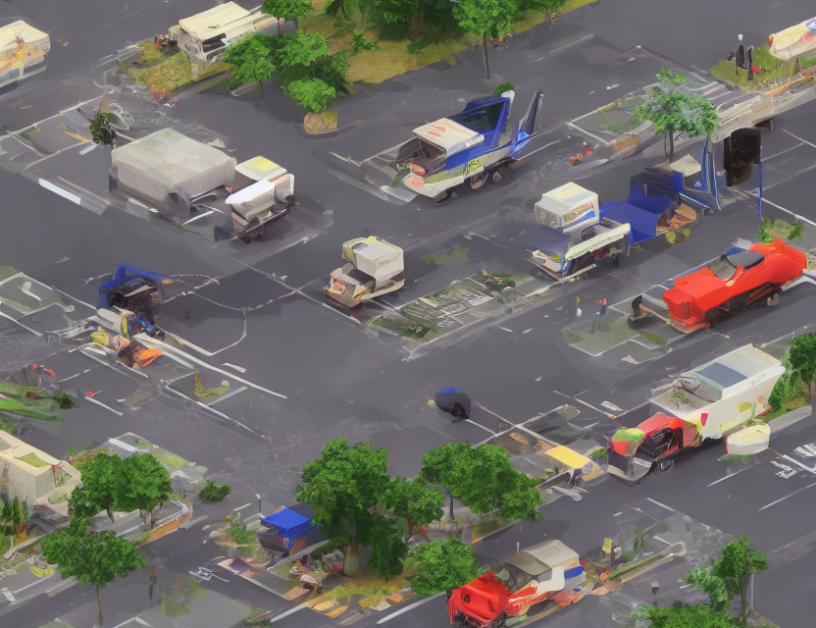In this article, we propose a novel framework called SAFE (Semantic-Aware Fusion and Encoding) to enhance video understanding by integrating visual and language features. Our proposed model is designed to address the limitations of existing methods that rely solely on RGB frames or textual descriptions for video analysis. By incorporating both modalities, SAFE aims to improve the accuracy and robustness of video understanding systems.
SAFE Model
The proposed SAFE model consists of several stages: (1) Event Tokenization, (2) Feature Enhancement Module, (3) Multi-Modal Transformer, (4) Fusion and Encoding, and (5) Category Labeling.
- Event Tokenization: We first tokenize the event streams into subwords using a pre-trained language model. This process allows us to analyze the events at different levels of granularity.
- Feature Enhancement Module: In this stage, we use a CLIP-based text encoder to generate textual tokens for each event subword. These tokens are then fed into a Large Language Model (LLM) to obtain language embeddings. By combining the visual and language features, we can better understand the context and meaning of each event.
- Multi-Modal Transformer: We use multi-modal transformers to fuse the RGB and language features, respectively. These transformers allow us to learn complex relationships between the modalities and improve the representation capacity of our model.
- Fusion and Encoding: In this stage, we concatenate the fused visual and language features and feed them into a feed-forward network (FFN). The output is then passed through another FFN to generate category labels for each frame. This process enables us to capture the spatial and temporal dependencies between frames and improve the accuracy of category labeling.
- Category Labeling: We use a self-attention scheme to enhance the output frame and event tokens, and then fuse them with text tokens via cross-attention. Finally, we map these features into category labels using FFNs. This stage allows us to refine the classification results and improve the overall performance of our model.
Limitation Analysis: Although SAFE shows promising results, there are some limitations that need further exploration. Firstly, the model heavily relies on pre-trained large-scale vision-language models, which may not be optimal for specific tasks or datasets with unique features. Secondly, computational resources can pose challenges for its deployment in real-time applications or on devices with limited computing capabilities.
Conclusion and Future Works: In this article, we proposed a novel framework called SAFE that integrates visual and language features to enhance video understanding. By combining these modalities, SAFE aims to improve the accuracy and robustness of video analysis systems. Although there are some limitations to be addressed, our proposed model shows promising results and provides a solid foundation for future research in this field.



